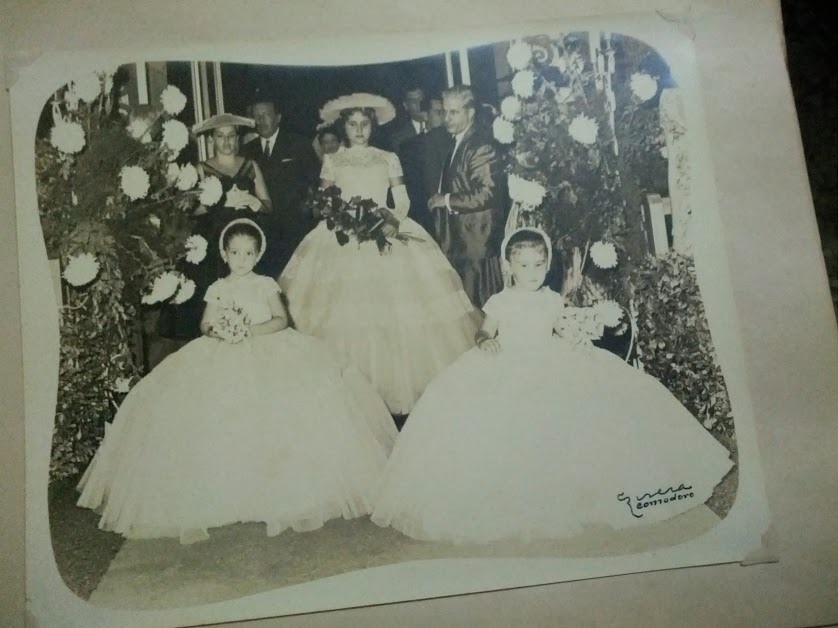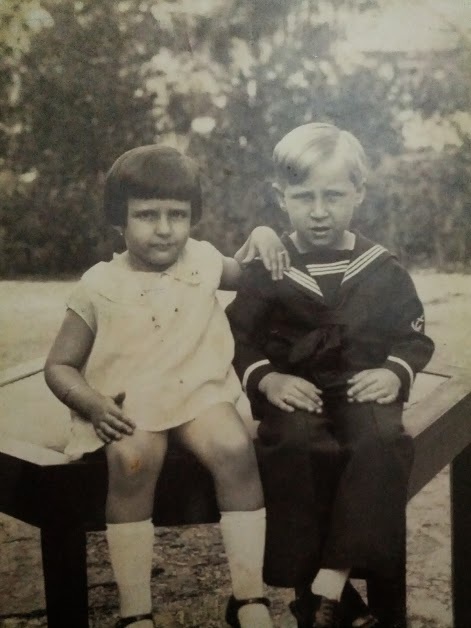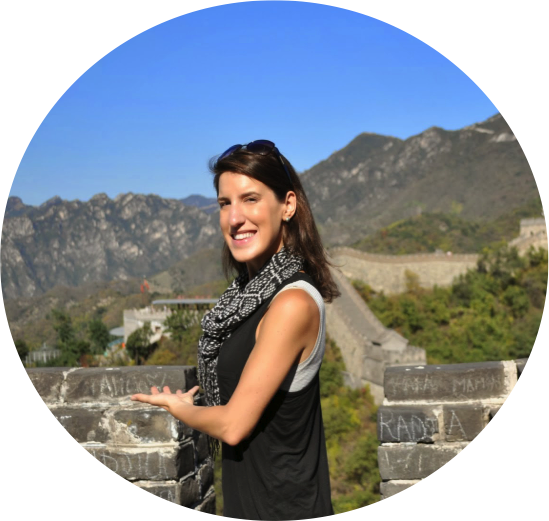Background
Before I describe our experience in Cuba, I thought it would be helpful to provide some context.
My mother was born in Havana, Cuba in the 1950's. During the Cuban revolution, right after Castro nationalized all private property in the country, my grandparents left Cuba for the USA with my mother and uncle, and my grandmother's parents. They were only allowed to bring one suitcase of clothing each and $5 per person. They left everything else behind, including many family members who stayed in Cuba. Eventually my grandparents settled in Puerto Rico, where my grandmother continued her career as a teacher and my grandfather, an architect, built a successful contracting business. This is a familiar story for many Cubans. Many of my grandparents' family and friends eventually left the country and started new lives all over of the world.
My grandparents still have close family members living in Cuba, most of whom, still live in the same homes their parents and grandparents lived in before them. My grandmother is still in touch with our family in Cuba and has even gone back once to visit. Prior to our arrival, she called ahead to let them know we would be visiting.
Because things in Cuba haven't changed much since the 50's, we were able to get a good idea of what Havana would have looked like when my mom and grandparents lived there (though the buildings are much more run down now than they were back then). Our family members in Cuba still have lots of old photographs and newspaper clippings of my mother, grandparents, and great grandparents during their youth. These were things I'd never seen before, since my grandparents couldn't take them when they left Cuba.
So here is part of their story. Meet my grandparents:
My grandmother's great-great-great grandfather was a notable figure in Cuban and Spanish history. His name was Santiago de la Cuesta y Manzanal and he was a Spanish count, holding the title Conde de la Reunion de Cuba. He came to Cuba in 1790 from northern Spain at the age of 12 with his older brother Pedro, who was 22. The two became very successful businessmen. Pedro died sometime between 1820 and 1833 without children, leaving Santiago with the business. In 1824, the Spanish King Ferdinand VII gave Santiago the title Conde de la Reunion de Cuba. Santiago married Concepción González Larrinaga, the daughter of one of the wealthiest families in Cuba and thus grew his business and position in Cuban society even further. The family owned several successful businesses across different industries in Cuba and by the 1830's the fortunes of Santiago were ranked as third in the country.
Fast forward to the 1930's-50's. My grandmother's father, Pedro de la Cuesta, a successful real estate agent in Havana, married Carmen Alvarez and then my grandmother came along in 1930. Pedro's brother and Carmen's sister were married to each other and had two sons, the younger of whom - Guillermo - is close in age to my grandmother. So my grandmother and Guille are "double cousins" and grew up like brother and sister. My grandparents married in 1952 and then Guille and his wife, Marlene, married several years later. My mother was the flower girl at their wedding! Guille and his wife, Marlene, were also fantastic dancers and traveled to New York in the late 50's to perform at the Waldorf Astoria and on the Steve Allen show.
Dinner with the de la Cuestas
After arriving in Havana, I was very excited to finally meet everyone! One evening, they invited us over to their house for a delicious dinner prepared by their daughter, Miriam. She made us a typical Cuban meal - pork, rice, and black beans and it was fabulous (especially the flavor of the black beans). We met Guille, Marlene, their daughters, grand children and great grand children. We spent lots of time talking about family, looking through old photos and newspaper clippings and discussing life in Cuba.
My grandfather's grandfather was a man named José L. Hernández Guzman and he ran several large newspapers in Cuba at the turn of the century, the largest of which was called La Lucha.
His son José L. Hernández Bauza was known for his talents in taxidermy, particularly with birds. Everyone who knew him said he had a natural talent for putting life back into dead birds. His animals are still on display at a museum in Havana and he's been referenced in several bird books.
Both men wore wire-framed tinted glasses all the time - even in an oil portrait!

On another day, Tere and Miguel took us on a tour around town and then to visit my grandfather's cousin Mickey, who lives in the beautiful family home pictured above. Mickey was quite a character and told us stories from his days in Africa working for a micro-finance company. Old age left him a bit forgetful and kept turning to Chris and asking the group Who is this giant??? We'd explain, but then he'd forget in about 10 minutes and ask again. It was pretty funny after the the third time. What made it even funnier was that Mickey is only 3 inches shorter than Chris! I guess next to the rest of us, Chris looks like a giant!
We had a wonderful time meeting this part of the family, seeing my great-great-grandfateher's house, and hearing old stories.
My grandfather is an architect and has built many houses in Puerto Rico, including the one he lives in now. Before Puerto Rico, he built many homes in Havana and in a little beach town right outside of the city named Tarará. It was in this town that he lived with my grandmother, mom, and uncle. Both of his parents and my grandmother's parents lived here as well. He also built the town's yacht club, where Ernest Hemingway kept his boat. In fact, Hemingway docked his boat right next to my grandfather's! Tere had a photo album full of the homes he built during the 1950's. Here are a few:


























 RSS Feed
RSS Feed
